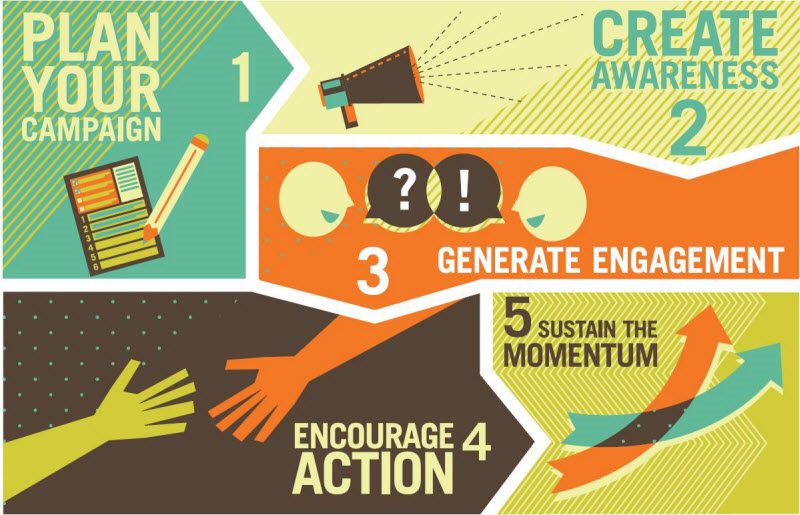One Antiracist Action You Can Take Today: Get Involved In Advocacy Season

April is the start of “Advocacy Season” in Massachusetts as this is the time in the State legislative calendar where budgets are announced and priorities become clear for various legislators and advocacy groups. Learn about this process on the right and then research the legislative priorities of groups that matter to you. Below is a link to the legislative priorities for the Children’s League and a link for the full list of boards and commissions in Massachusetts.
https://www.childrensleague.org/advocacy/state-advocacy/
https://malegislature.gov/Commissions
State Advocacy – Children’s League of Massachusetts
The Children’s League has several priorities for the two-year legislative session to advance the well-being of children & families in the Commonwealth.
The Legislative Process
The General Court of Massachusetts (the official name for the state legislature) is typical of most state governments. It embraces the same principles of checks and balances that are embodied in the United States Constitution. Its primary characteristics are:
- A bicameral (two branch) legislature
- A hierarchical leadership scheme
- Specialized committees that hold hearings and make recommendations on bills
- One committee (Ways and Means) more powerful than all the others with control over budget and finance
- Gubernatorial approval to enact laws or a legislative override of the governor’s veto
The Massachusetts state legislature sits in a biennial session, which begins on the first Wednesday in January of the odd-numbered years. All formal business of the first year of the session must be concluded by the third Wednesday in November of that year. The legislature then sits in an informal session until the first Wednesday of January of the second year (even numbered years) at which time the Legislature begins formal sittings until the last day of July of the second year, and finishes the remainder of the session in an informal sitting.
Any matter pending before the legislature at the end of the first year of its biennial session will carry over into the second legislative year in the same legislative status as it was at the conclusion of the first legislative year. Once the state budget is passed by the legislature, the legislature may (but seldom does) end the formal session by vote of both branches and agreement of governor. This is known as prorogation.
Filing a bill
Under the state Constitution any citizen may file a proposed piece of legislation with the General Court through his or her representation or senator. This “right of free petition” is unique to Massachusetts. In addition, there is no prohibition upon an individual’s right to continually refile a bill year after year.
The deadline for filing legislation is 5 p.m. on the first Wednesday in December preceding the beginning of the new biennial session. If this deadline is missed, a bill may be late-filed. Late filed bills, which are routinely admitted, must be approved by the House and Senate Committees on Rules and then receive the approval of four-fifths of the members of each branch to be introduced.
A bill is filed in two parts — the petition and the bill. The petition is the vehicle for filing various types of matters for consideration by the General Court such as bills, resolves, resolutions or orders. The petition includes the title of the bill and the names of the legislative sponsors as well as any citizen or group sponsor. The bill is the actual legislation in draft form.
Each session there are approximately 6,000 bills filed in the House of Representatives and 2,000 in the Senate. It is the responsibility of the clerks’ office to sort and number each of these bills and assign them by their subject matter to the appropriate committee.
The staffs of the twenty-two joint House and Senate committees devote most of January and February to organizing and analyzing these measures. Public hearings on the bills are held by the committees beginning in late February and generally ending in June. A “daily list” of bills is published on each legislative day prior to the date of committee hearings. Anyone may present testimony in support or opposition to a bill at the public hearing.
Immediately following the public hearing the committee is apt to convene in executive session. Although executive sessions are open to the public, only the committee members and staff may discuss the bill. At this time the committee then votes to “report the bill out of committee.” The committee report usually takes one of three forms:
- Favorable report (ought to pass): The committee recommends passage of the bill in its original form, with amendments, or in a new draft
- Adverse report (ought not to pass): The committee recommends that the bill be killed
- Study order: Technically means the bill be studied during the recess but most often is used as a quiet way to kill a bill
A joint rule of the two branches requires that any bills referred to a committee before April 15 must be reported out of committee no later than the fourth Wednesday in June. However, any bill referred to a committee on or after April 15 must be reported on within ten days.
Three-reading process
Whenever the House or Senate meets in a formal session a calendar is printed for each branch listing legislative matters that have received either a favorable, adverse or study report from a committee. Bills that were filed with the Senate Clerk are reported out of committee to the Senate and bills filed with the House Clerk to that branch. The only committee reports which are subsequently debated by the House or Senate are those with which a legislator expresses disagreement by calling pass during the clerks’ reading of the calendar.
If a bill receives an adverse report, the debate consists of accepting or rejecting that report. If the adverse report is accepted the bill is killed. A member disagreeing with the adverse report can move to substitute the original bill for the report. However, substitution of a bill for an adverse report is difficult to accomplish due to the deference given the committee’s recommendation by the representatives and senators.
If a bill gets a favorable report, floor action consists of a series of votes in each branch, known as the three-reading process. The purpose of the three-reading process is to ensure that legislators have ample opportunity to consider or debate each legislative proposal. The first reading of a bill given a favorable report merely consists of printing its number and title in the daily calendar. After the title of the bill is read aloud from the podium by the clerk, its second reading, the Speaker of the House or the President of the Senate asks for a vote on ordering it to a third reading. At this point, members may propose amendments to the bill or simply debate its merits. All proposed amendments are voted upon before the vote is taken on the original bill. If the amendments are adopted the bill is voted on as amended; if they fail it is voted on in its original form. Bills, which pass this process, are then sent to the Committee on Bills in Third Reading where either Senate or House Counsel reviews them for their proper legal form. Bills that fail this vote are rejected and thereby killed.
Once the Committee on Bills in Third Reading has approved a bill, the clerk again reads the bill’s title from the podium and the membership votes on whether to pass the bill to be engrossed. Here too, legislators have the ability to offer amendments or to speak in support or opposition to a measure. If the first branch votes against passage, the bill is dead. If the first branch votes in favor of passage, the bill then goes to the other branch where it is subject to the same three-reading process.
Both the Senate and the House must pass the bill in exactly the same form before it may be enacted into law. If the second branch amends the bill in any way, the bill returns to the first branch, which must give its concurrence to the amended version. If concurrence is rejected, a conference committee is appointed by the Speaker of the House and the Senate President to work out a bill that each branch will adopt.
Engrossment and enactment
After a bill has been “passed to be engrossed” in each branch, it is sent to the Engrossing Division for engrossment. Engrossment is the printing of a bill on special parchment. Following engrossment a bill is sent to the House of Representatives for enactment. Enactment is the last step in the legislative process before a bill is sent to the governor. Usually enactment is a formality, but sometimes a controversial bill will be debated and even rejected at this point. After the House enacts a bill it is sent on to the Senate for enactment. An engrossed bill in the enactment stage may generally not be amended on the floor of the House or Senate. Following enactment in the Senate a bill is then delivered to the governor.
The governor
Once a bill has reached their desk, the governor has 10 days to sign the bill or veto it. If the governor vetoes a bill they must state their reasons in writing. A two-thirds vote of each branch is needed to override a gubernatorial veto. The governor may also return the bill to the branch where it originated with recommendations that amendments be made to it. If the governor neither signs the bill nor vetoes it, it will become law without their signature after 10 days, unless the legislature adjourns before the ten days are up in which case the bill does not become law, this is known as a pocket veto.
Conclusion
Individuals, interest groups and businesses have a responsibility to participate in lawmaking. For the democratic process to work as the framers intended all points of view need to be heard. President John F. Kennedy once likened the process of lobbying to the procedures of a court of law. Lobbyists, whether professional or volunteer, act as advocates while legislators play the role of judge and jury. The result, hopefully, is a law in the public interest based on truth sifted from information and arguments presented to a deliberating legislator by many interests.


